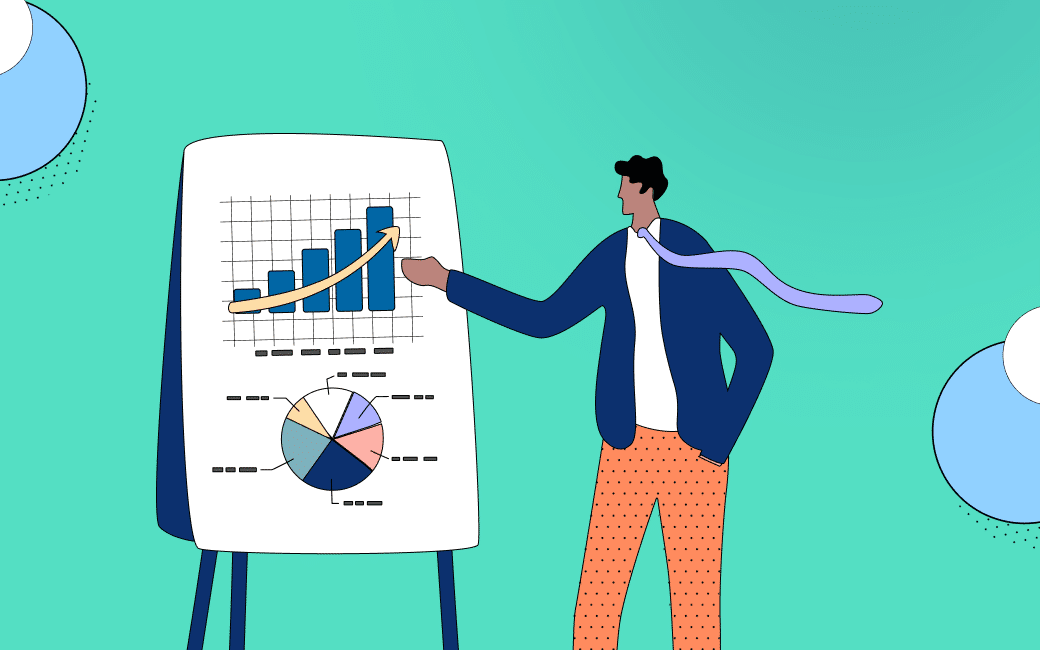What Is Forex Leverage?
Learn all you need to know about Leverage, get an understanding of Leverage and how you can use it when trading.

Introduction
What is forex leverage? Leverage in forex trading gives you more buying power by adding a multiplier on your trades. Many forex traders use leverage to control more significant positions in the FX market.
Just like a lever enables a small force to control a large weight, so leverage in trading enables you to use a small amount of capital to control a large position in the market. Remember, however, using forex leveraged trading magnifies your profits, but it also increases your potential loss.
How Does Forex Leverage Work?
Every day, a staggering $5 trillion is traded on the foreign exchange, i.e., the forex market. The vast majority of traders speculate on price differences and movements between the eight major currency pairs, such as those between the Euro and the US dollar (EUR/USD) and between the British pound and the Japanese yen (GBP/JPY).
As a forex trader, you would buy a currency (or “go long”) from an online broker or sell it (“go short”) with the hope of making a profit. The more money you invest, the more profit you stand to make. However, unless you have a stash of capital growing dusty in your bank account, you may be limited to small bids. This is where leverage comes in.
Forex Leverage Explained
Say you want to control a $10,000 position in the forex market. You want to bet the price will rise by a certain amount. That’s all great – but you only have $1,000 to deposit to a trading account. So, you find a broker which offers forex leveraged trading.
You give the broker your $1,000, and, provided your broker allows leverage of 100:1, it only takes $100 (“initial margin”) to control a $10,000 position in the forex market. Therefore, if the value of your position rises by just 100 pips, you stand to make $100, or 100% your initial investment – leverage sounds like a pretty sweet deal, right?
Leverage: The “Double-Edged Sword”
While it is true that leverage can vastly increase your profits, the greater the leverage ratio you take on with your broker, the more you could lose as well as win. That said, forex leverage trading is a popular strategy, and many traders swear by it. The foreign exchange has higher leverage margins than any other market.
Margin Requirements
The “initial margin” we mentioned earlier is often expressed as a percentage of the overall position. Therefore, in the above example, the broker would request a 1% margin. The margin and leverage ratios will vary, depending not only on the amount you want to trade but on the currency pairs too. Most forex brokers will need margins of 1%, 2%, or 5%. For especially volatile currency pairs (the British pound versus the Japanese yen, for example), brokers may require as much as a 25% margin.
Managing Your Risk
Trading with leverage on the forex market opens you up to all sorts of possibilities and profits, but the risk may be daunting. One thing to bear in mind when comparing the leverage ratios offered in forex versus, say, the stock market is that currencies tend to be more stable than equities.
Nonetheless, most traders will use techniques to manage their risk. These include a “stop-loss” (an order to sell at a specific price to mitigate your loss if the position turns against you) or a “limit order” (to sell at a price, higher than your entry and take your profits) to manage their risk. Forex leveraged trading can yield high returns, but the market swings both ways, and the profits may not always be on your side. If you are new to leveraged trading, we recommend finding a reputable broker to manage your online trades.
All The Tools You Need
TradeOr is an innovative and user-friendly platform that offers leveraged trading in forex, cryptocurrencies, and more with ratios of up to 500:1. Beginner traders will benefit from the stellar customer support (available 24/7), and the integrated data analysis tool (TradingView) are an excellent resource for new and seasoned traders alike.